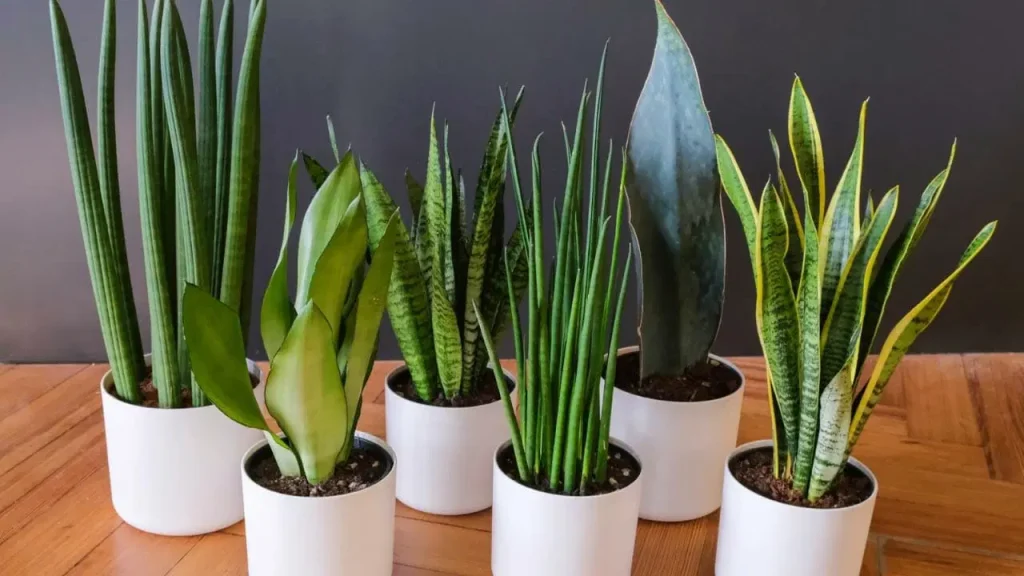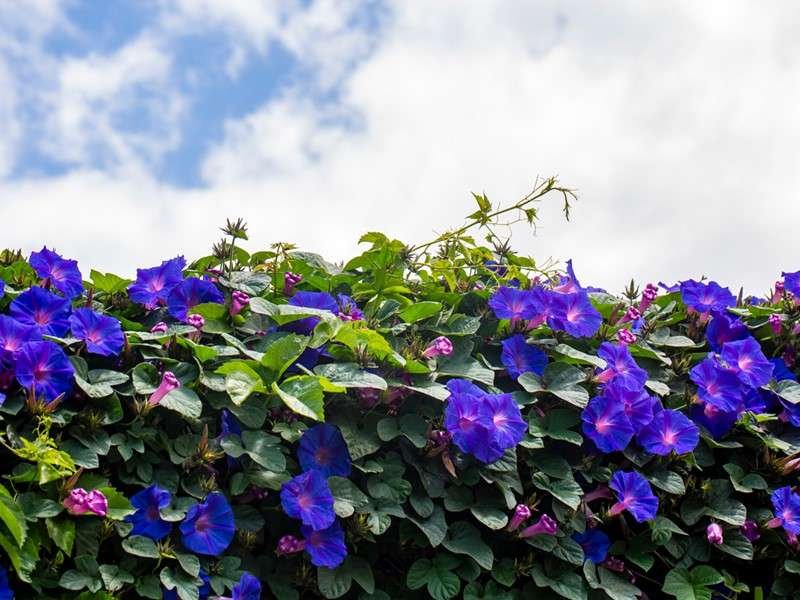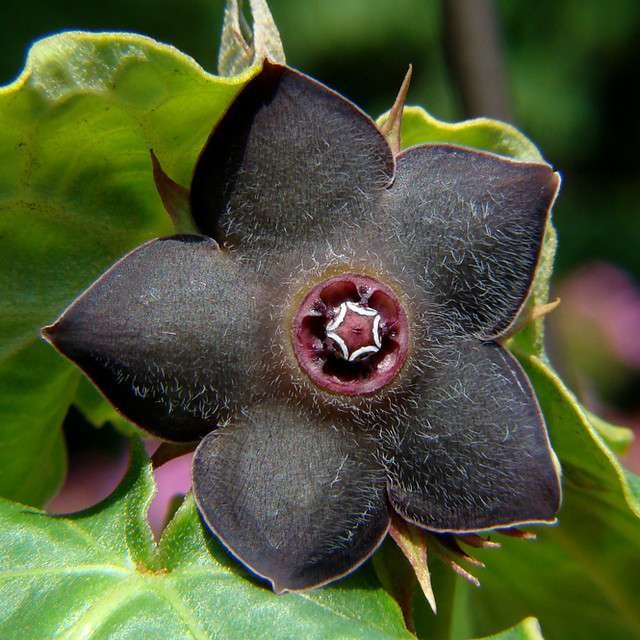Care of Miyazaki Mango Tree, also known as “Egg of the Sun” or “Taiyo no Tamago” in Japan, are renowned for their exceptional sweetness and high quality. Here are some tips for caring for these tropical fruit trees:
1. Climate and Location
- Temperature: Miyazaki mango plants thrive in warm climates. They need temperatures consistently above 50°F (10°C). They’re best suited to USDA zones 10-11.
- Sunlight: Provide full sun exposure. Mango plants need at least 8 hours of direct sunlight daily for optimal growth and fruiting.
2. Soil
- Type: Well-draining soil is crucial. Use sandy loam or loamy soil with good drainage. Avoid heavy clay or poorly-draining soils.
- pH: Mangoes prefer slightly acidic to neutral soil, ideally with a pH between 5.5 and 7.0.
- Preparation: Amend soil with organic matter or compost to improve drainage and nutrient content.
3. Watering
- Frequency: Water deeply but infrequently. Allow the soil to dry out slightly between waterings. Overwatering can lead to root rot.
- Method: Water the base of the plant rather than the foliage to prevent fungal diseases.
4. Fertilization
- Type: Use a balanced fertilizer or one specifically formulated for fruit trees. A formula with a higher potassium content can enhance fruit development.
- Schedule: Fertilize every 6-8 weeks during the growing season (spring and summer). Reduce feeding in the fall and winter.
5. Pruning
- Purpose: Prune to maintain shape, remove dead or diseased branches, and improve air circulation. This helps prevent fungal infections and promotes better fruit production.
- Timing: Prune after the fruit has been harvested or during the dormant season.
6. Pest and Disease Management
- Pests: Watch for common pests like mango fruit flies, spider mites, and aphids. Use appropriate insecticides or natural predators to manage infestations.
- Diseases: Be alert for signs of fungal diseases like powdery mildew or anthracnose. Maintain good air circulation and avoid overhead watering to reduce disease risks.
7. Pollination
- Pollination: While mangoes are self-pollinating, having multiple trees can improve fruit set. Ensure good air circulation around the flowers to facilitate pollination by wind and insects.
8. Harvesting
- Timing: Mangoes are usually ready to harvest when they have developed full color and are slightly soft to the touch. They will continue to ripen off the tree if picked slightly underripe.
9. Protection
- Frost: In cooler climates, protect your mango plant from frost with frost cloths or by moving potted plants indoors during cold spells.
- Wind: Provide wind protection if your area is prone to strong winds, as they can damage the tree and its fruit.



